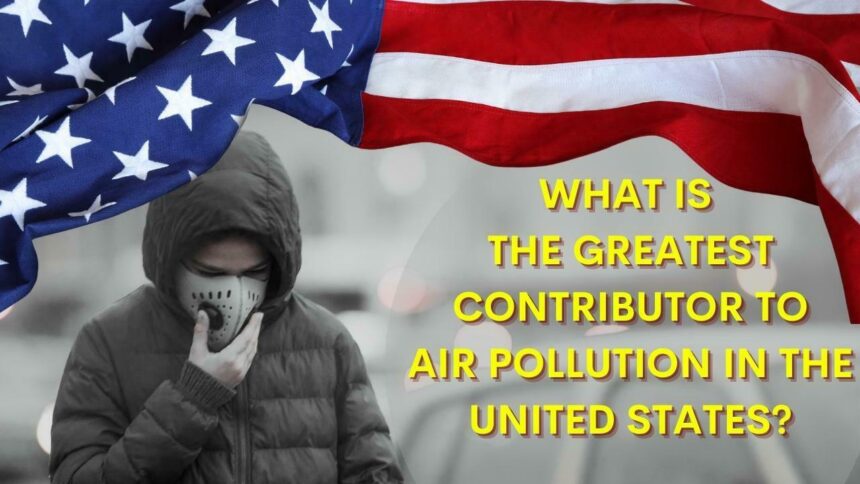Last year, the American Lung Association released their “State of the Air” report, which ranked the states with the worst air quality. The report found that 24 million Americans live in areas with unhealthy levels of air pollution.
Air pollution is a growing problem in the United States and around the world. The main sources of air pollution are transportation, industry, and power generation. Of these sources, transportation is the greatest contributor to air pollution in the United States. In this blog post, we will discuss the greatest contributor to air pollution in the United States from transportation and how to reduce it.
⫸ What is Air Pollution?
Air Pollution is the contamination of the Air due to the introduction of or presence of poisonous substances which are harmful to man and other living organisms.
There are different types of indoor and outdoor air pollutants. Different toxic chemicals, biological compounds, emulsions, aerosols, etc are some greatest contributors to air pollution.

Indoor and outdoor air pollution cause respiratory diseases. It is an important source of morbidity and mortality rates due to its connection with heart disease as well as other illnesses such as lung cancer or emphysema.
These are caused by chemicals released into our environment from sources including vehicles running on gas engines (which contribute considerably towards greenhouse gases), and burnings in forests.
⫸ Air Pollution in the United States:
Air pollution is a large and growing problem in the United States. There are many different types of air pollutants, but the greatest contributor to air pollution in the United States is emissions from automobiles and other combustion engines. These emissions contain a variety of harmful chemicals, including carbon monoxide, nitrogen oxides, and particulate matter.
According to the Environmental Protection Agency (EPA), transportation sources account for nearly one-third of all emissions in the country. The majority of these emissions come from on-road vehicles, like passenger cars and light trucks.
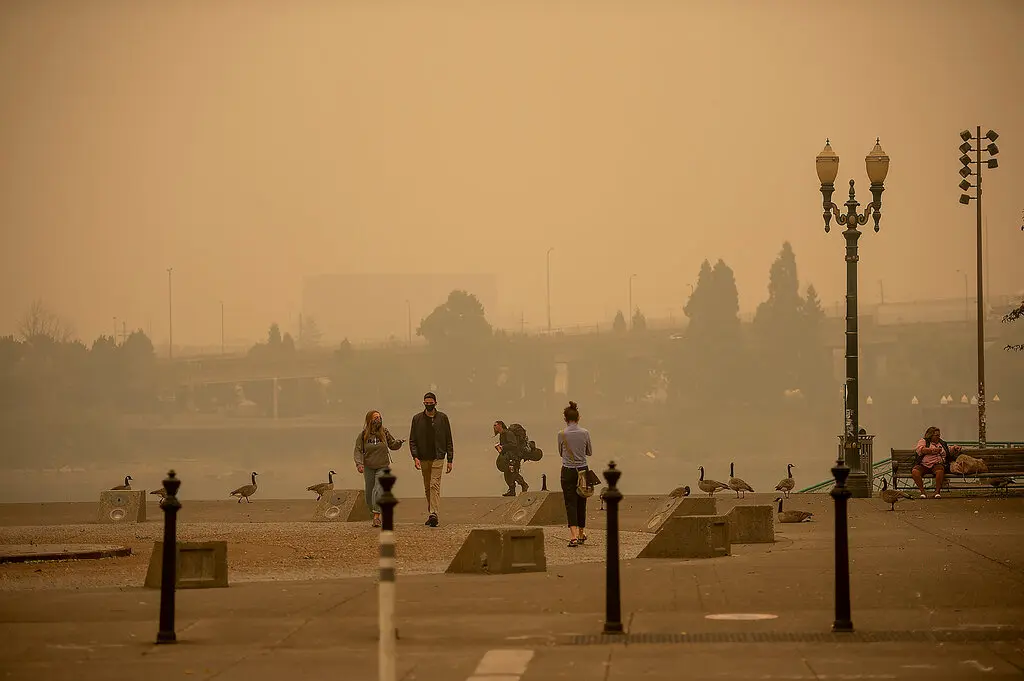
Air pollution is a serious problem that affects the health of people everywhere. It’s not just car exhaust or industrial emissions causing this worrying trend, but natural disasters like volcanic eruptions can also have an impact on air quality with their ash particles serving as secondary pollutants in some cases!
The contributors to Air Pollution can be divided into two categories: Primary Air pollutants and Secondary or Non-point source pollutants. Primary pollutants come from direct sources such as industrial emissions, volcanic eruptions, etc., whereas secondary substances are created through mixing with those primary factors in what we call “smog”.
Human activity has led to an increase in air pollution that is causing serious impacts on our planet. These man-made effects include the death of wildlife and plants as well a variety of other negative outcomes such as reducing visibility or changing climates for humans who live there.
⫸ Greatest Contributor to Air Pollution in the United States:
The Greatest Contributor to Air Pollution in the United States is the burning of fossil fuels. Burning coal, oil, and natural gas release pollutants into the air including nitrogen oxides, sulfur dioxide, volatile organic compounds, and carbon dioxide.
These pollutants contribute to the formation of smog, ground-level ozone, and acid rain. Different sectors of the economy play a major role in the burning of fossil fuels and releasing air pollutants.
Transportation:
The transportation industry is one of the most polluting in our society. It accounts for over half (55%) of carbon monoxide and nitrous oxide emissions as well as almost a quarter(24%)of hydrocarbons released into Earth’s atmosphere right now!
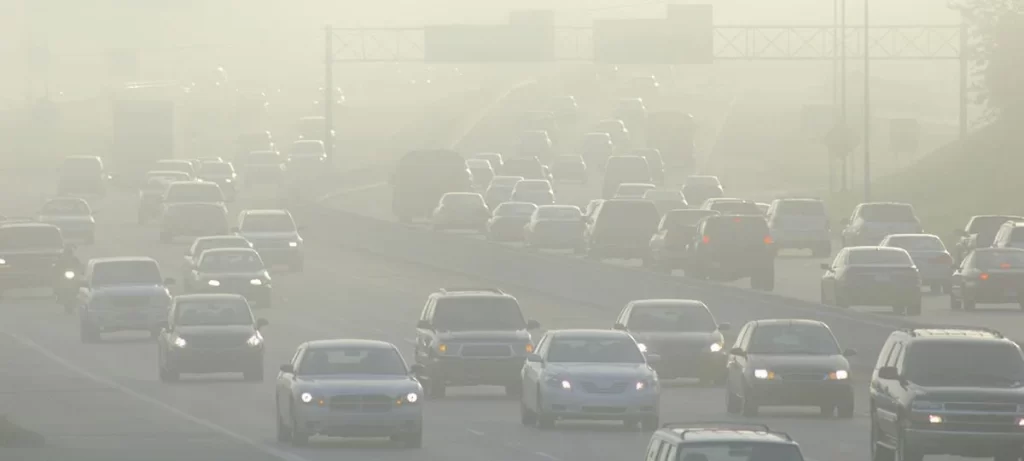
Among them, almost a quarter of hydrocarbons are released in America. While many factors contribute to air pollution, the greatest contributor to air pollution in the United States is emissions from cars and trucks.
Industry:
The industry is the main contributor to greenhouse gas emissions in America, accounting for 21% of all industrial pollution. Electricity generation has also been found guilty with 31%. meanwhile, cars burning gasoline produce CO2 as well water vapor among other things which are significant contributors to air quality decline across this country.
Power Plants:
Fossil fuel-burning devices such as power plants or factories are major contributors to airborne particulates that cause problems like asthma attacks for those who live near them due to lower levels in clean water sources contaminated with soot from these processes.
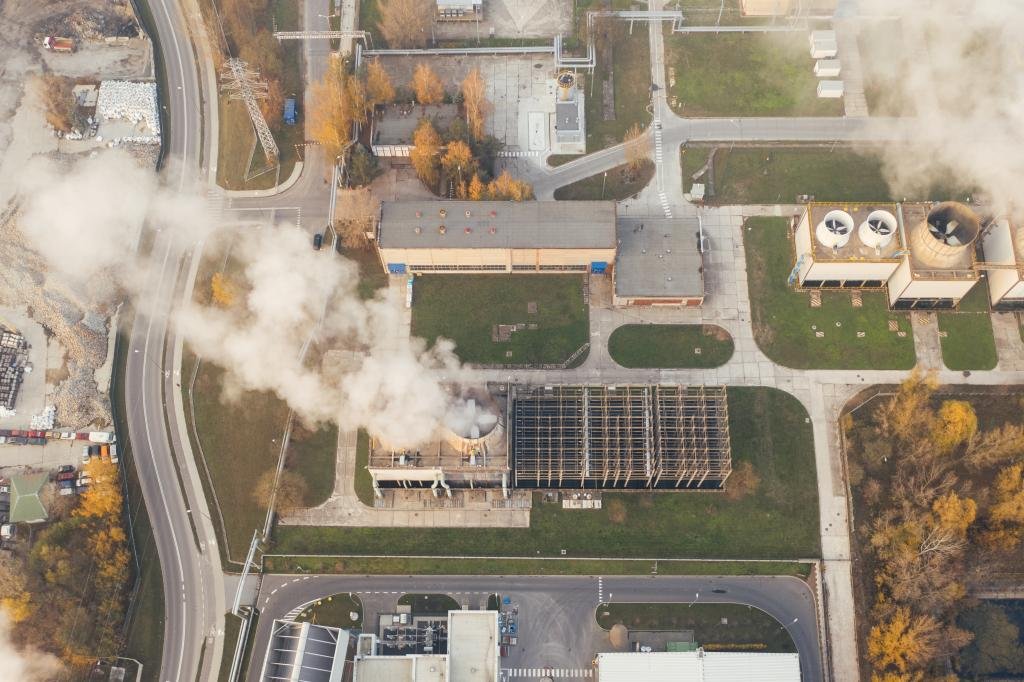
A lot goes into making sure your home is warm during wintertime-but, not just heating oil! There’s also electricity used by appliances like AE (appliance efficiency) rated at higher temperatures than traditional Fryers; HRV systems using passive solar to reduce the amount of energy needed to heat or cool your home; and, of course, insulation.
Agricultural Practices:
The IPCC found that 24% of annual emissions come from agriculture, but this includes carbon which sinks into living organisms and soil. By offsetting 20% for what’s removed via natural decay or photosynthesis in these respective sectors, the total amount remains at 12%.
Several factors contribute to the release of greenhouse gases from agriculture, one being animal production. Another source is deforestation where trees are removed for fields and pastureland which leads them to become carbon sinks.
It removes protective cover against extreme weather conditions like storms or droughts making it harder for plants living in those areas to grow healthy without risking severe damage.
Waste Accumulation:
Landfills are important because they can generate methane, which contributes to the greenhouse gas problem and may be hazardous if not handled appropriately. Waste accumulation also has a strong influence on population growth as it may cause a shortage of space for anthropogenic practices.
Ozone Pollution:
The number of Americans living in counties with unhealthy levels of ozone and particle pollution has fallen by more than four-tenths since last year, but the threat from deadly particulate matter air quality remains.
This is because there were close to 1 million fewer people breathing unsafe areas where they could be at risk for chronic bronchitis cases caused by dirty breezes coming off fossil fuel plants.
WildFire:
Wildfires are one of the most destructive natural disasters in the United State. Wildfires are a danger to both people and animals. The smoke from these fires greatly contributes to carbon monoxide, which can lead to greenhouse effects that cause even more warming than normal temperatures would alone do!
When prolonged dry periods occur due to season changes or lack of precipitation, fire-craving wooded areas become more prone to burn because there is not enough water left around for smoldering purposes.
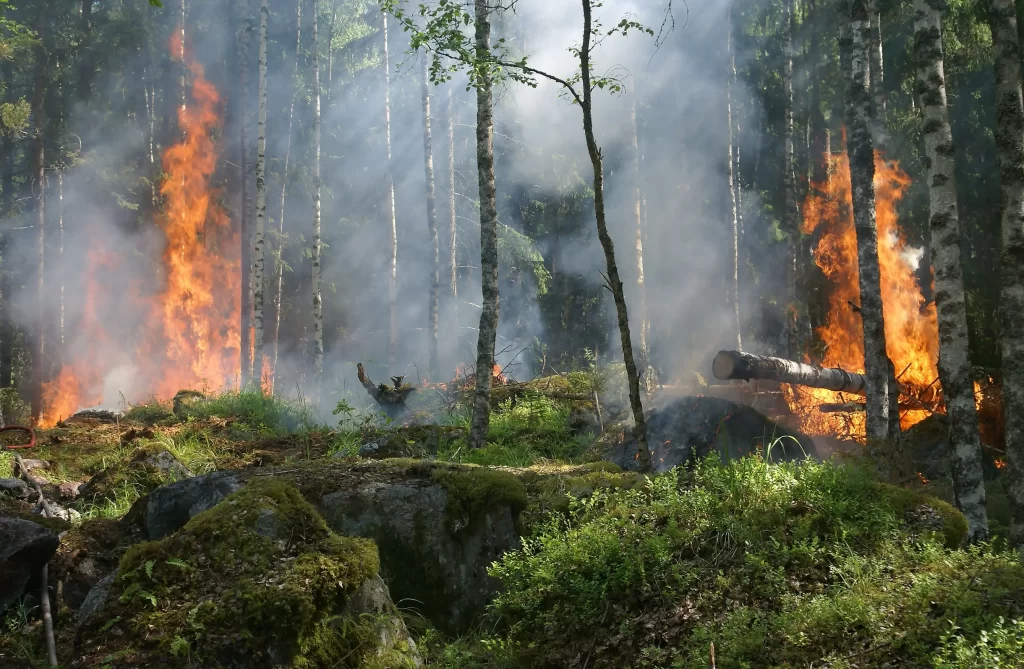
This often leads these fires into populated regions where people live close together making them even worse than if it was just an isolated area burning off all its brush without any humans nearby!
The smoke generated from such events contributes heavily toward raising carbon levels within an atmosphere which allows global warming phenomena like the greenhouse effect.
⫸ Conclusion:
America’s air quality has come a long way in the past few decades, but there is still more work to be done. The single greatest contributor to air pollution in the United States is automobiles.
We hope this report encourages everyone – from individuals making small changes in their daily routine to policymakers enacting large-scale change – to take action and make a difference for cleaner air. What can you do to reduce your contribution to air pollution? Let us know in the comments below.
⫸ FAQs on the greatest contributor to air pollution in the United States:
1. What is the greatest contributor to air pollution in the United States?
The greatest contributor to air pollution in the United States are automobiles, power plants, factories, and agricultural operations. These sources emit a variety of pollutants, including carbon dioxide, nitrogen oxides, and particulate matter.
2. What are the health effects of air pollution?
Air pollution can cause a variety of health problems, including respiratory infections, heart disease, and cancer. It can also exacerbate existing conditions such as asthma and allergies.
3. What can be done to reduce air pollution?
Several things can be done to reduce air pollution, including reducing the use of automobiles, increasing the efficiency of power plants, and implementing better agricultural practices.
Additionally, individuals can take steps to reduce their exposure to air pollution by limiting their time outdoors, avoiding areas with high levels of pollution, and wearing masks or other protective gear when necessary.
4. What is the latest Air Quality Index of the United States?
The Air Quality Index is a measure of the level of air pollution in a given area. The United States currently has an AQI of 50, which is considered good. However, AQI levels can vary depending on the time of year and the location.
5. What EPA regulations are in place to reduce air pollution?
The EPA has several regulations in place to reduce air pollution, including the Clean Air Act and the Clean Power Plan.
6. Which is the most air-polluted city in the United States in 2022?
The most air polluted city in the United States in 2022 is projected to be Los Angeles, California. Other cities with high levels of air pollution include New York City, Chicago, and Houston.
7. Which is the least air polluted City in the United States in 2022?
The least air polluted city in the United States in 2022 is projected to be Honolulu, Hawaii. Other cities with low levels of air pollution include Burlington, Vermont, and Santa Fe, New Mexico.

